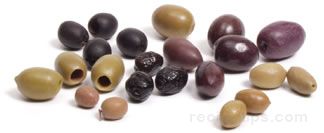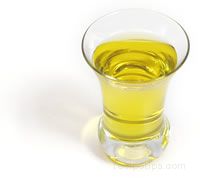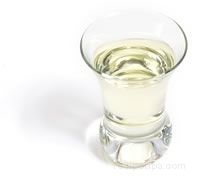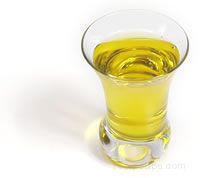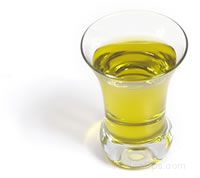There are many different varieties of olives grown throughout the world in countries such as Italy, Greece, France, Spain, Morocco, Israel, Chile, and the United States. Generally, the name of the olive denotes the location where the olive originated or was grown, such as a Mytilini olive, grown in the Mytilini, the capital of Lesvos, which is one of the Greek islands in the Aegean Sea. However, in addition to place of origin, olives may also be named for the type of cure, the type of marinade used after the cure, or the cultivar name of the olive tree on which the fruit is grown.
When olives are first picked from the tree, they are inedible because of the glucoside in their flesh, making them very bitter tasting. Once the glucoside is leached from the flesh through a curing process, the olives become edible. When the olives are cured, they are preserved by one of five methods: water curing, brine curing, salt curing, oil curing or lye curing. Water cured olives use water as a means of curing, by soaking and rinsing the olives in water. Brine cured involves placing the olives in a salt and water solution, referred to as a brine, where they remain for several days to be cured. Salt curing, which is also known as dry curing simply requires the olives to be packed in salt for a month or so, providing a salty flavor to the meat of the olive and a wrinkled appearance to skin. Oil cured olives are placed in vats of olive oil and allowed to cure for several months to impart a sweeter flavor into the olives. Lye curing most often is used for unripened green olives. The olive is soaked in lye, then rinsed in water, and placed in a salt brine to be cured. The intent of curing with lye is to remove the bitterness of the olive so it can become more enjoyable and edible after being cured.
Olives are mainly used to be served as appeatizers or to produce olive oil for use in cooking or flavoring foods. Olives are also used as an ingredient, often being added to sandwiches, pizza, salads, and other dishes.

